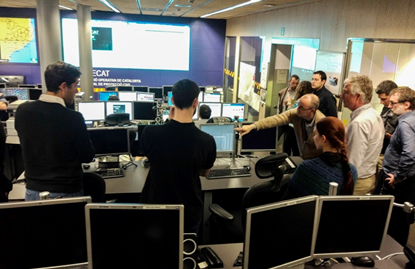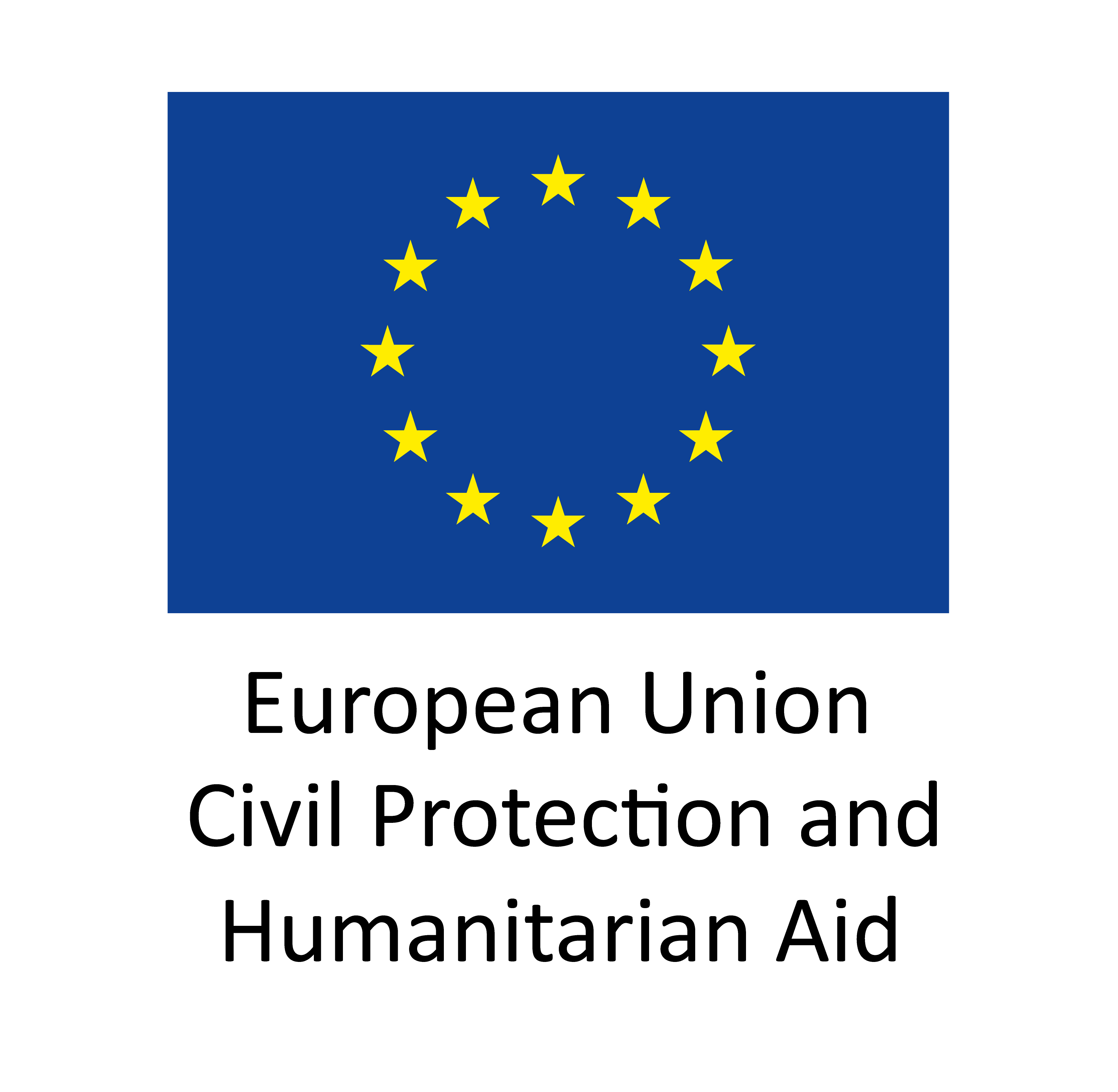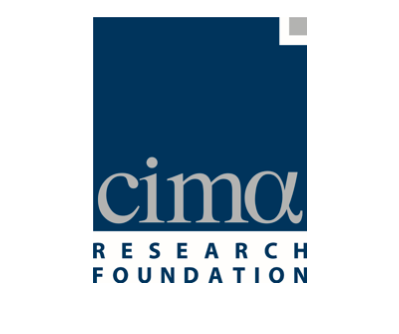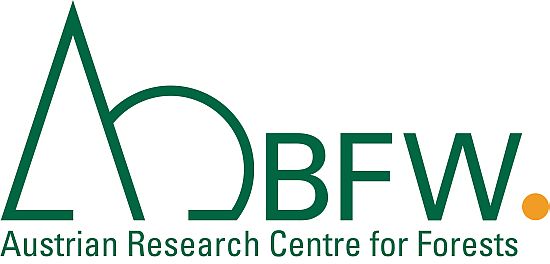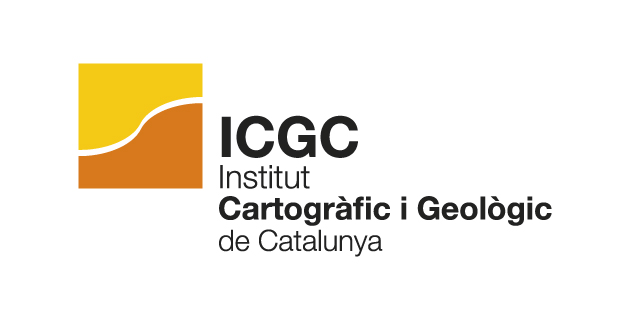The first day focused on best cases, methodologies and tools towards integrated risk management approaches. Experts presented the practical application of state-of-the-art tools used in disaster risk prevention. Presentations can be found here.
A quick introduction of the Swiss tool RiskPlan was given by Jakob Hörl (FVA, Germany) and showed the wide ranging application in geographic and thematic terms, as well as general benefits to stimulate a risk dialogue between stakeholder groups and involved agencies. The potential application and usage within the RECIPE project were outlined and discussed.
The century-long history and culture of Dutch flood risk management was illustrated vividly by Michael van Buren (Wageningen University & Research, Netherlands). Current and new developments of flood risk prevention policies and integration of climate change impacts (i.e. sea level rise) were shown to combine important insights from social research, such as decreasing risk awareness in society due to successful hazard prevention, and the potential for nature-based solutions (e.g. Room for the River – Program). A recently much sought-after report (“A nature-based future for the Netherlands in 2120”) that envisions the Netherlands in 2120 was presented and showed how scientific knowledge across different disciplines can be translated into compelling narratives to stimulate public discussions and dialogue.
A similarly long history of living with risk originating from natural hazard processes exists in Switzerland and was presented by Frank Krumm (Institute for Snow and Avalanche Research, Switzerland). There, almost any place is exposed to natural hazard processes due to the mountainous geomorphology of the country. A nation-wide comprehensive avalanche risk monitoring system has been constructed and allows authorities to take well informed decisions for risk planning. It was emphasized that such a system requires substantial financial and technological resources to be set up and maintained, which can only be long-lasting if it is accepted by the general public and policy. Regarding natural hazard processes, Switzerland is probably one of the leading countries in Europe.

The challenges of integrated wildfire management were highlighted by Laurent Alfonso (General Directorate of Civil Protection and Crisis Management, France), who coordinated a fire fighting assistance deployment in the tropical forests of Bolivia. The complex interactions with local authorities, as well as limited capacities and infrastructure showed common challenges that were aggravated by high air temperatures and limited visibility due to ferquent smoke cover.
The innovative tool MAPRI connects flood risk mapping with actual and forecasted weather data and allows to identify critical infrastructure in affected areas. It was introduced by Eva Crego (Catalan Water Agency, Catalonia). Through the provision of unprecedented real-time information the tool has helped to evacuate areas and building at risk in several cases in Catalonia.
The FIRE-IN project strengthened cooperation and exchange of European fire and rescue services through the application of faster and cheaper access to state-of-the-art technology for the whole of Europe.
The ANYWHERE project was demonstrated by Cristina Vicente (General Directorate of Civil Protection, Catalonia) and Daniel Sempere (Center of Applied Research in Hydrometeorology, Catalonia). It empowers exposed institutions and citizens enhancing their preparedness and ability to respond to extreme and high impact weather events and climate change induced emergencies. Within the project 31 partner organisations across 12 countries integrate the main scientific and technological advancements of past decades into an operational platform. The main aim to translate meteorological forecasts into advanced impact-based multi-hazard forecasts before the events occurs and allow emergency managers and first responders to do a better job.
A visit of the Catalan Emergency Center housed in the basement of Home Affairs Department of the Government of Catalonia rounded off the presentations and was conducted by Sergio Delgado (General Directorate of Civil Protection, Catalonia).
